Grow Your Own Herbes De Provence - How To Grow, Dry, And Store Herbs
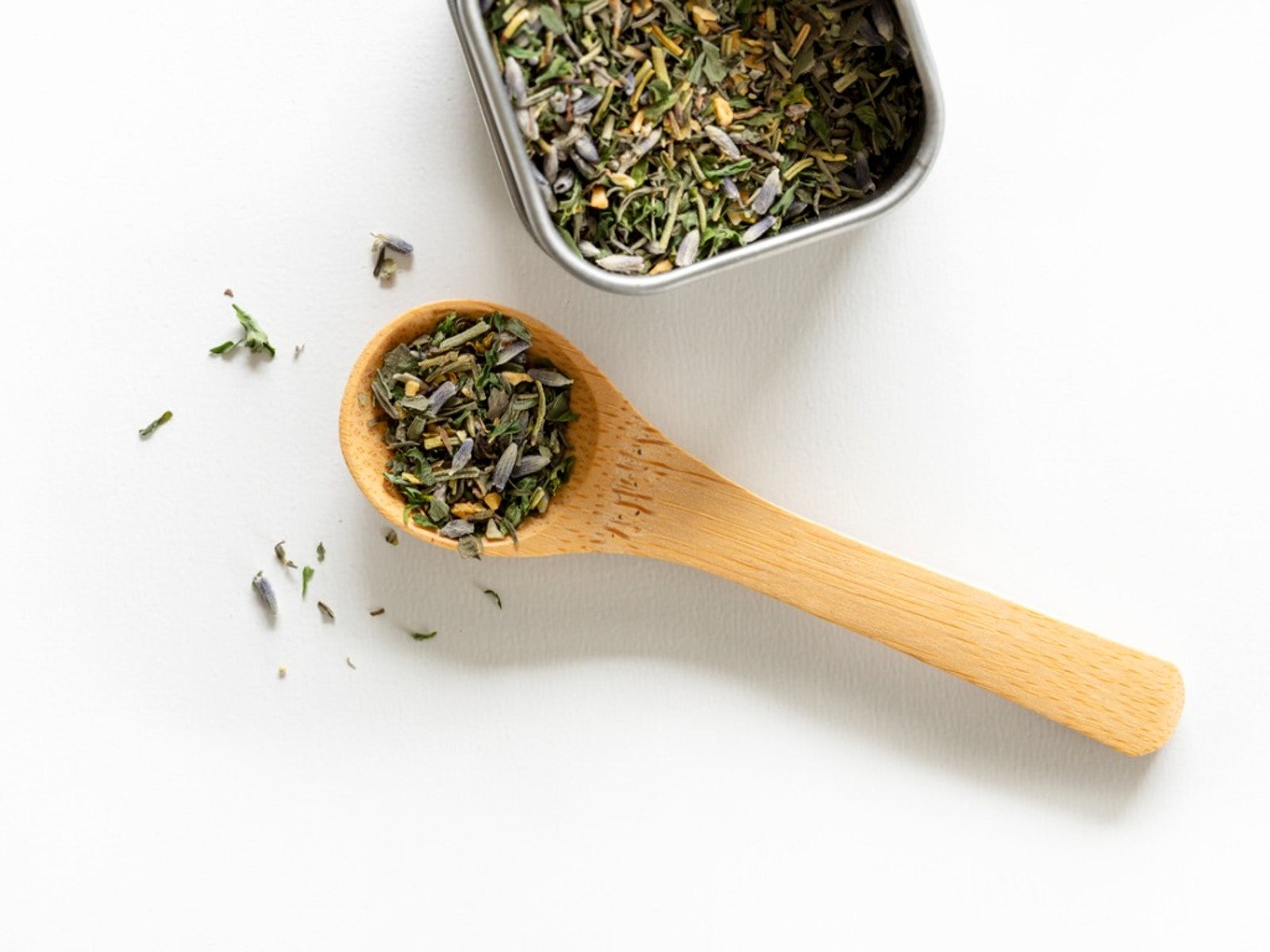

Homemade gifts can add that special touch to any occasion. For gardeners, a jar of herbes de provence blend is the perfect culinary gift that shows friends and family just how much you care. While there may be slight nuances to the recipes for herbes de provence seasoning, let's focus on those herbs that can easily be grown in most home gardens.
How to Grow Herbes de Provence
Most herbs prefer a sunny location with well-draining soil. Before planting, amend the soil with organic matter. The herbs used in herbes de provence seasoning can also be grown in pots inside the home over the winter.
Oregano – After all danger of frost, plant oregano seedlings about 12 inches (31 cm.) apart or direct sow seeds and thin. Pinch back flower buds for a more robust flavor.
Rosemary – This perennial shrub is not cold hardy but can easily be grown in a container and moved indoors for the winter. Pinch back the stem ends of rosemary to produce a bushier plant.
Summer savory – Direct seed this bushy annual outdoors in the spring. Thin summer savory plants to 6 inches (15 cm.) apart and pinch back to encourage branching.
English Thyme – This basic component of the herbes de provence blend can be tricky to germinate from seed but propagates easily from root divisions. For best results, avoid over-fertilizing and overwatering English thyme.
Marjoram – Although marjoram is a cold-tender perennial, it's grown in most gardens as an annual. Start seeds indoors and transplant into the garden after danger of frost has passed. For the best flavor, harvest the leaves before the plant blooms.
Gardening tips, videos, info and more delivered right to your inbox!
Sign up for the Gardening Know How newsletter today and receive a free copy of our e-book "How to Grow Delicious Tomatoes".
Lavender – As a common ingredient in the herbes de provence recipe, lavender is a perennial herb that requires good air circulation. Choose English lavender for colder climates and space the plants 1 to 3 feet (31-91 cm.) apart, depending upon the variety.
How to Make Your Own Herbes de Provence
For the richest flavor, harvest the homegrown herbs for herbes de provence seasoning in the morning after the dew has dried. Gently rinse debris from harvested leaves with a gentle stream of water, then allow to dry on a paper towel.
To preserve the herbs for your herbes de provence recipe, continue drying on a paper towel in a cool, dry, dark location. An oven on a low setting or a food dehydrator can also be used. When the herb leaves are brittle and crumble easily, they are completely dry and ready to use.
If you're just learning how to make your own herbes de provence, the following recipe is quite simple. After you master this herbes de provence recipe, you might try one with additional ingredients such as fennel seed, bay laurel leaves, or dehydrated orange zest.
Herbs de Provence Recipe
- 2 teaspoons dried marjoram leaves
- 3 teaspoons dried rosemary leaves
- 1 tablespoon dried oregano leaves
- 2 tablespoons dried summer savory leaves
- 3 tablespoons dried thyme leaves
- 1 tablespoon dried lavender flowers
Crush large leaves and lavender flowers before measuring the herbs into a mixing bowl. Stir gently to thoroughly mix the herbs. For gift giving, fill decorative jars with the herbes de provence blend. Add a bow, a sprig of dried lavender flowers, and a gift tag.

Laura Miller has been gardening all her life. Holding a degree in Biology, Nutrition, and Agriculture, Laura's area of expertise is vegetables, herbs, and all things edible. She lives in Ohio.
-
 8 Noteworthy Native Azaleas Every Gardener Should Know – And Grow!
8 Noteworthy Native Azaleas Every Gardener Should Know – And Grow!Native azaleas offer brilliant blooms in a range of colors and sizes. Here are a few favorites to get inspired and start working on a native shade garden!
-
 Growing Climbing Roses: How To Create Elegant Displays With Maximum Blooms
Growing Climbing Roses: How To Create Elegant Displays With Maximum BloomsMaster the art of growing stunning climbing roses with this essential guide to creating vibrant, fragrant walls and structures all summer long.
-
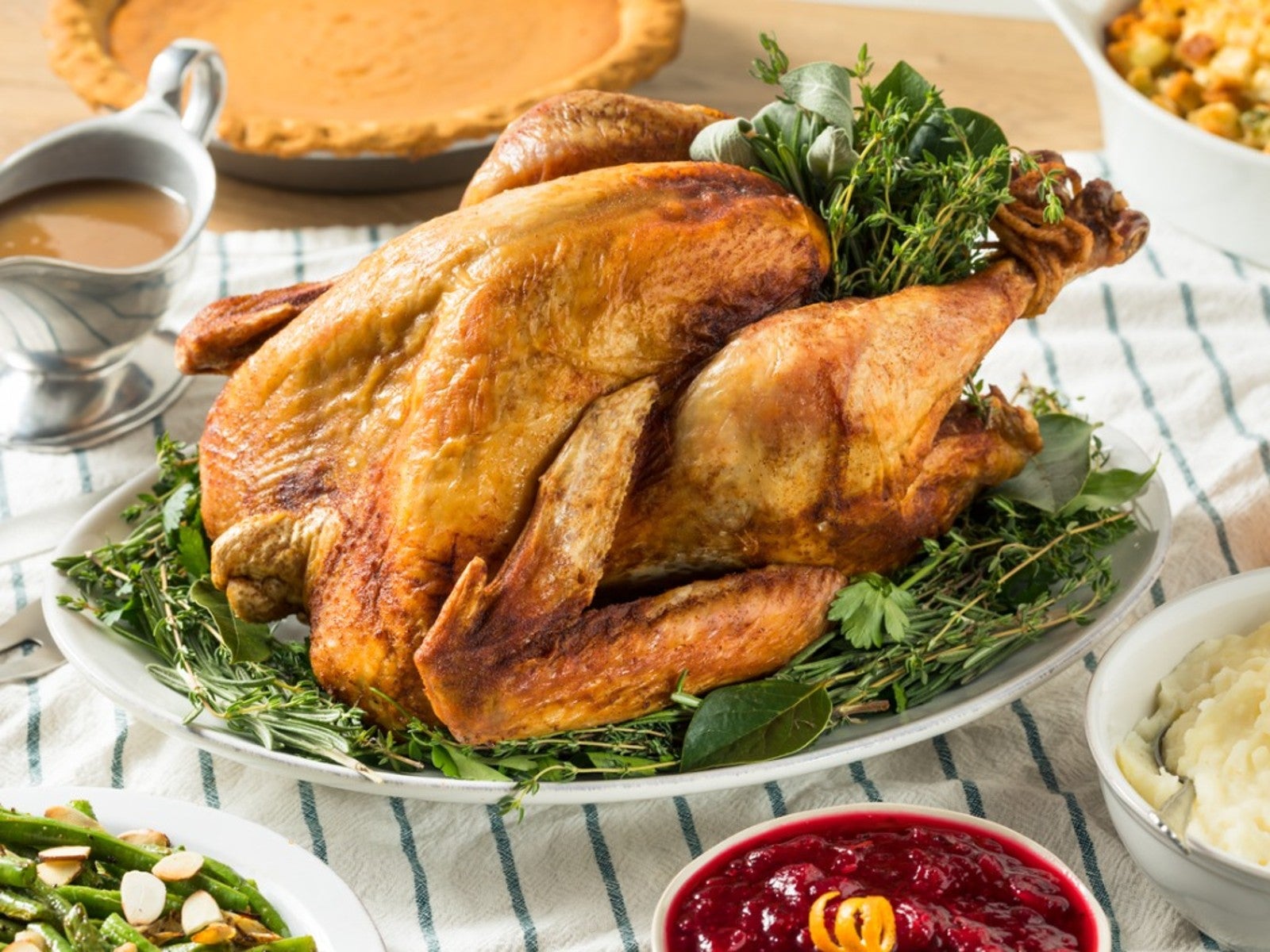 Grow Tasty Herbs For Roast Turkey In Your Garden
Grow Tasty Herbs For Roast Turkey In Your GardenCan you season your turkey with herbs you grow in your own garden? Yes! Click to learn more.
-
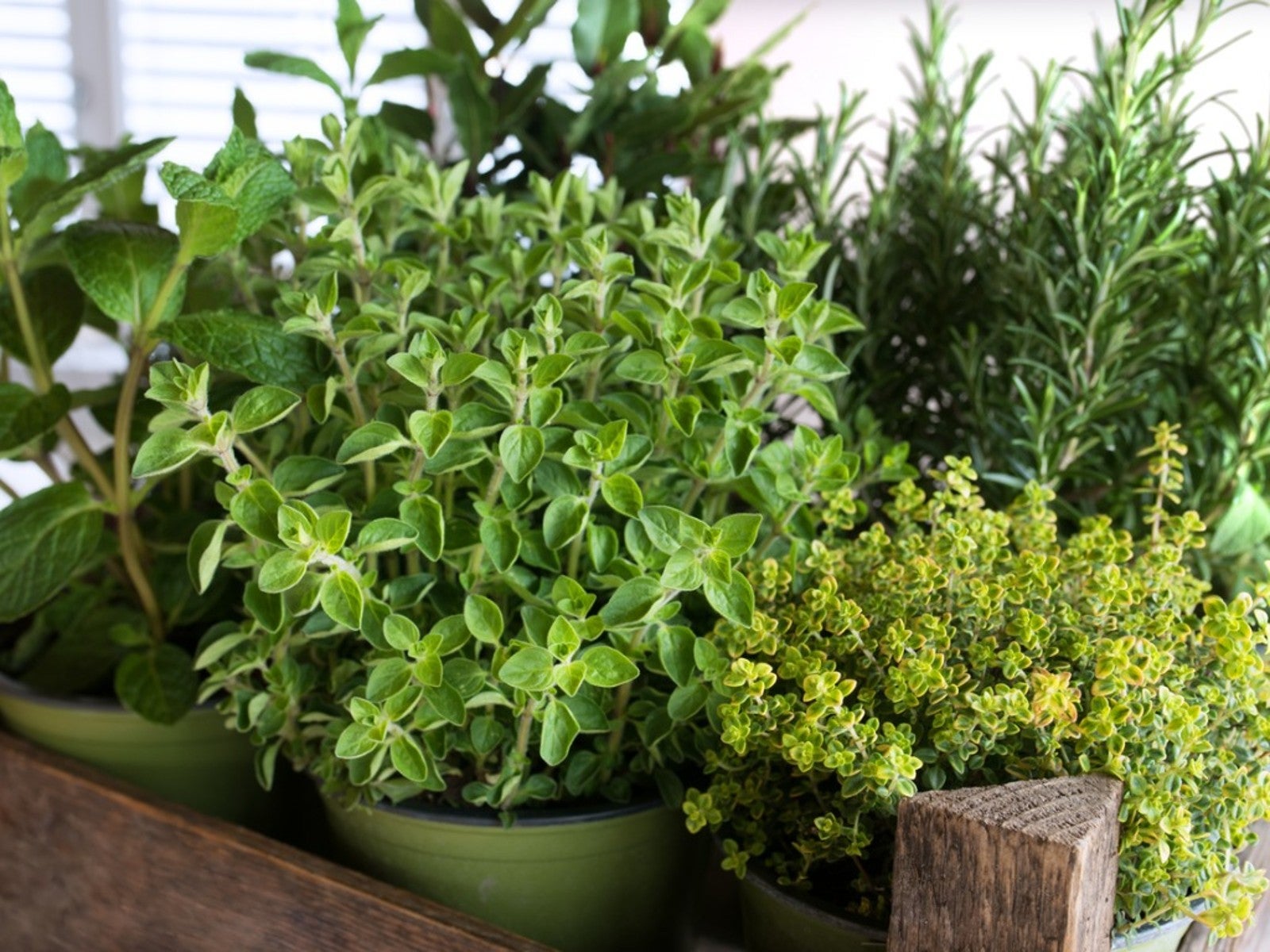 10 Easy Herbs For Beginners
10 Easy Herbs For BeginnersIf you’re new to herb growing, there are some perfect beginner herbs that are low maintenance and easy. Here are our top ten.
-
 How To Make A Rain Gutter Herb Garden
How To Make A Rain Gutter Herb GardenOne really fun look outside the box is a hanging rain gutter herb garden. A gutter planter is a unique way to house and showcase plants.
-
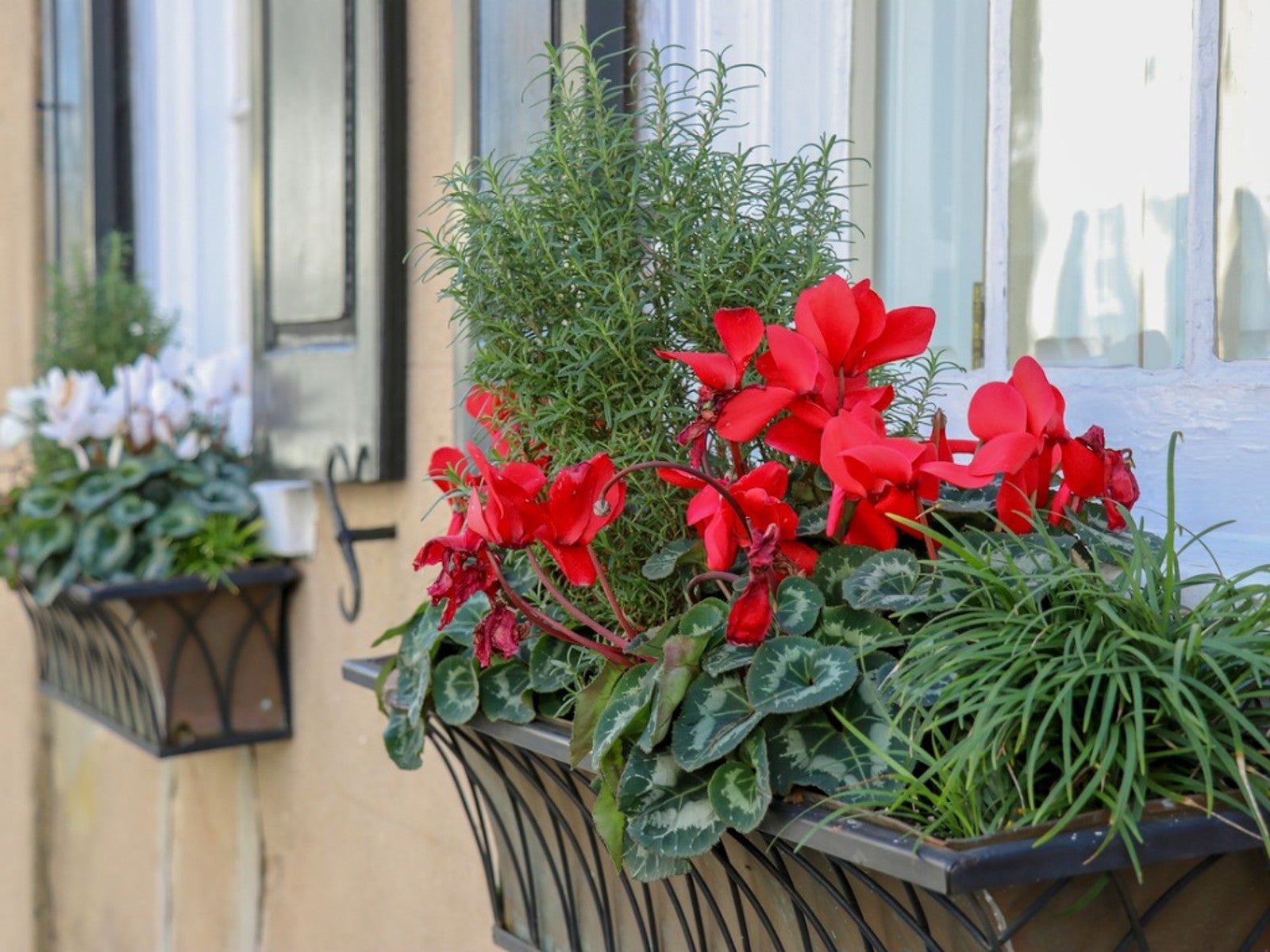 Grow A Beautiful, Edible Herb Window Box
Grow A Beautiful, Edible Herb Window BoxGrowing herbs in window boxes is a space-saving method for producing culinary ingredients for kitchen use. Click for more.
-
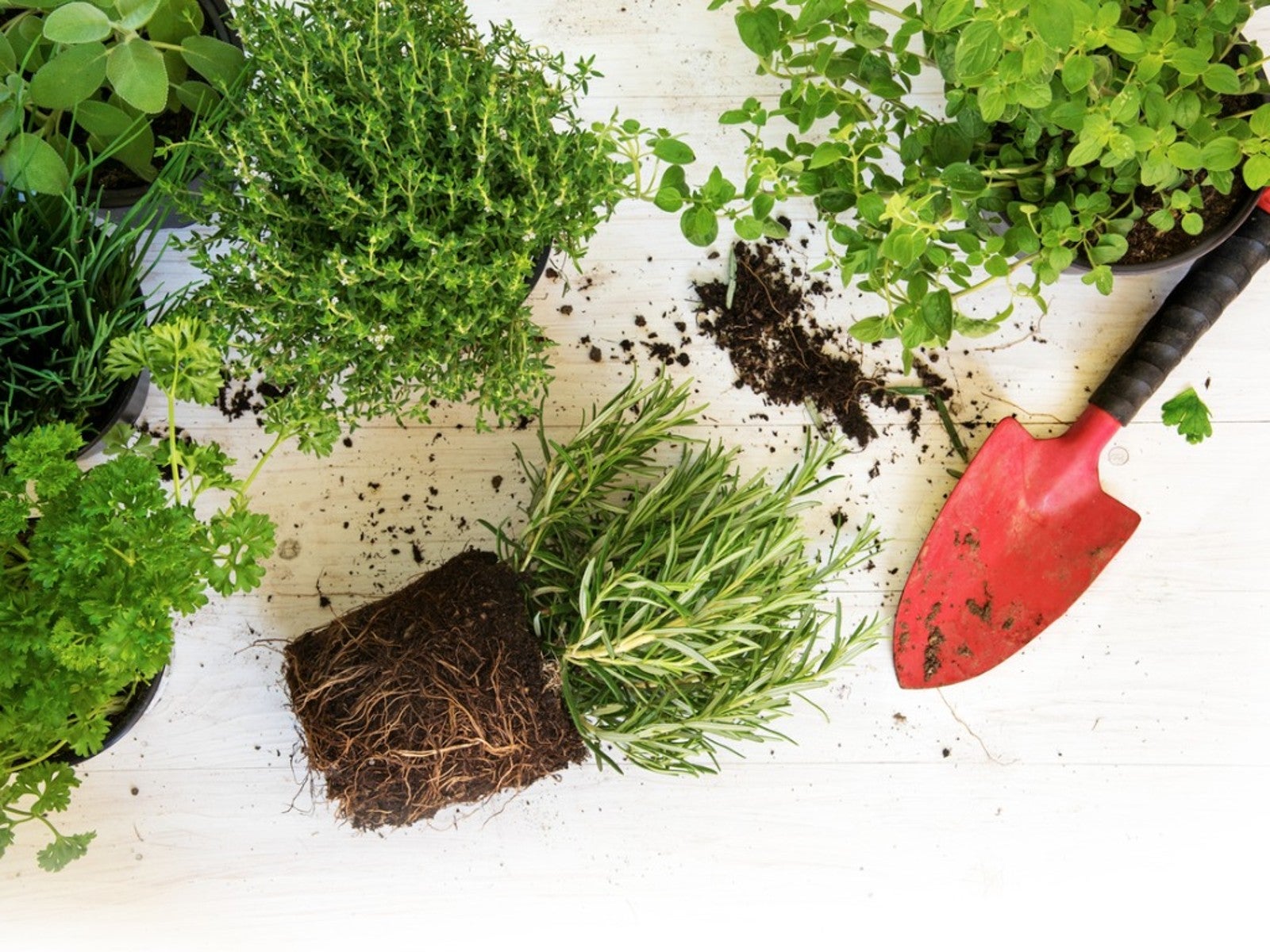 Best Herbs To Direct Sow Vs. Start Indoors
Best Herbs To Direct Sow Vs. Start IndoorsKnowing when to buy herb plants or start them from seeds or cuttings is essential to your success. Read on to learn more.
-
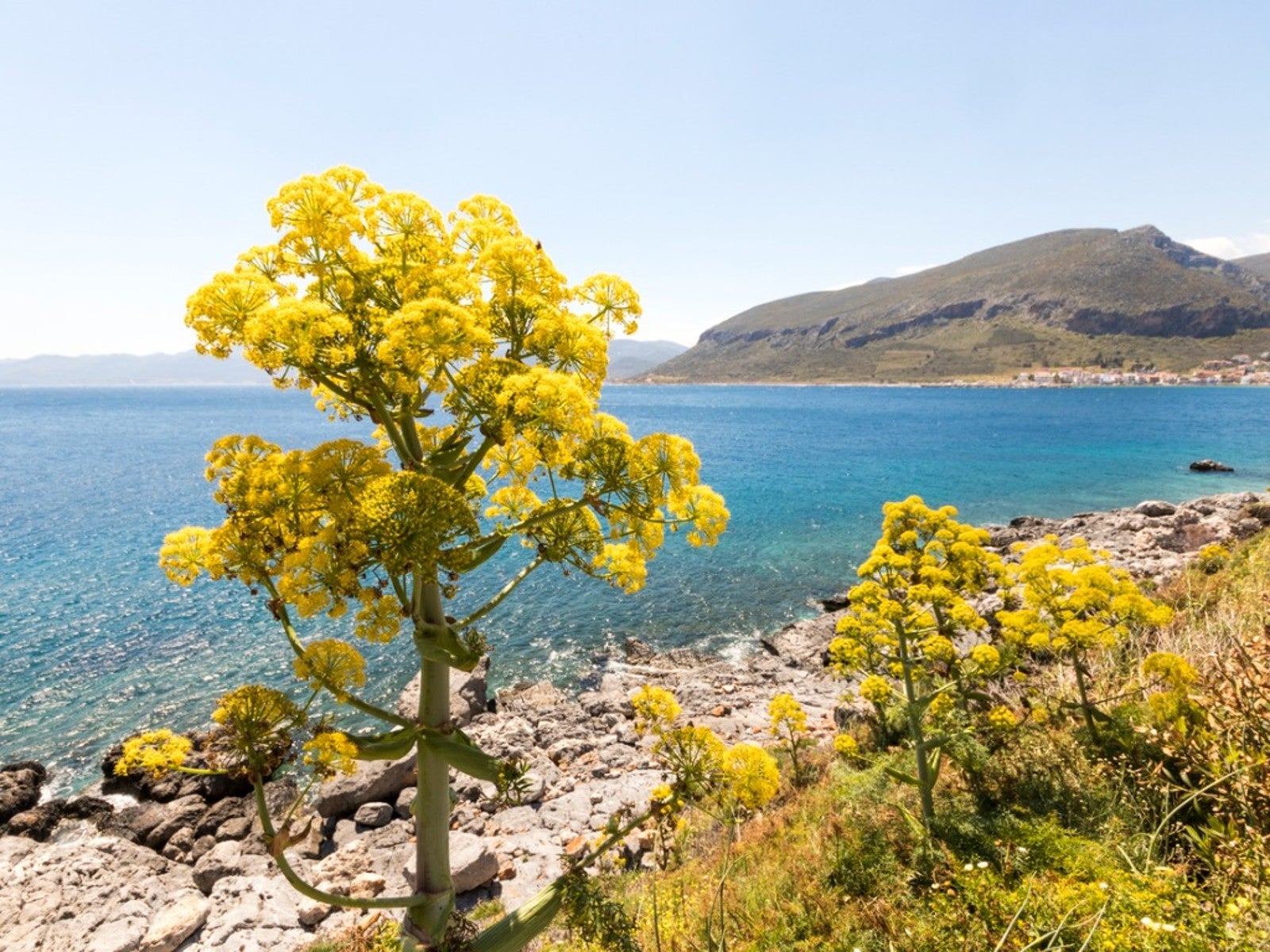 Learn About The Highly Prized Silphium Herb
Learn About The Highly Prized Silphium HerbWhat if there was a perfect plant? In ancient times such a treasure existed. It was the silphium plant.
-
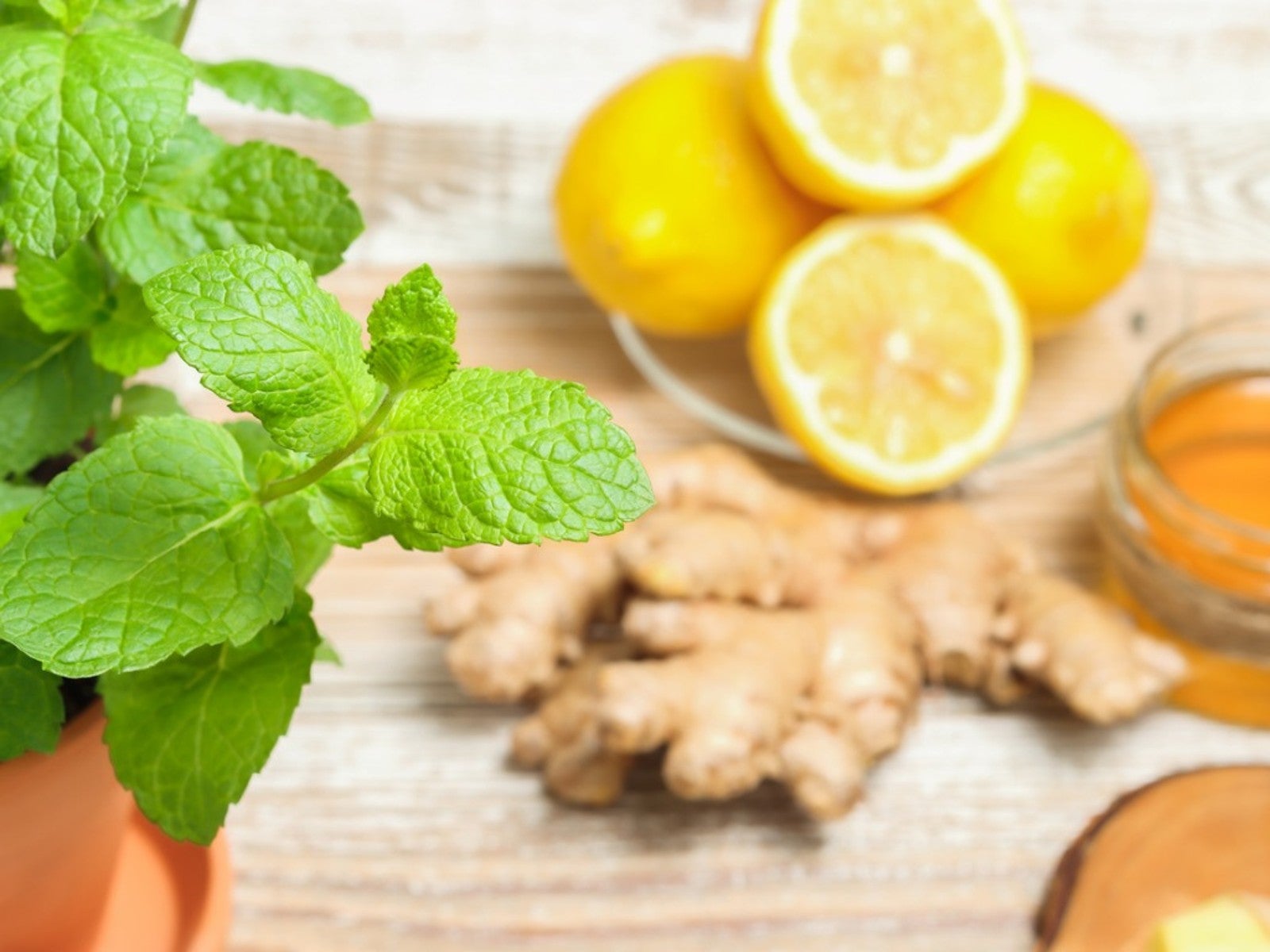 Grow Healing Herbs Indoors: Combat Winter Illness With A Medicinal Garden
Grow Healing Herbs Indoors: Combat Winter Illness With A Medicinal GardenIf you are growing medicinal plants at home, did you know you also can grow an indoor medicinal herb garden? Read on for more.
-
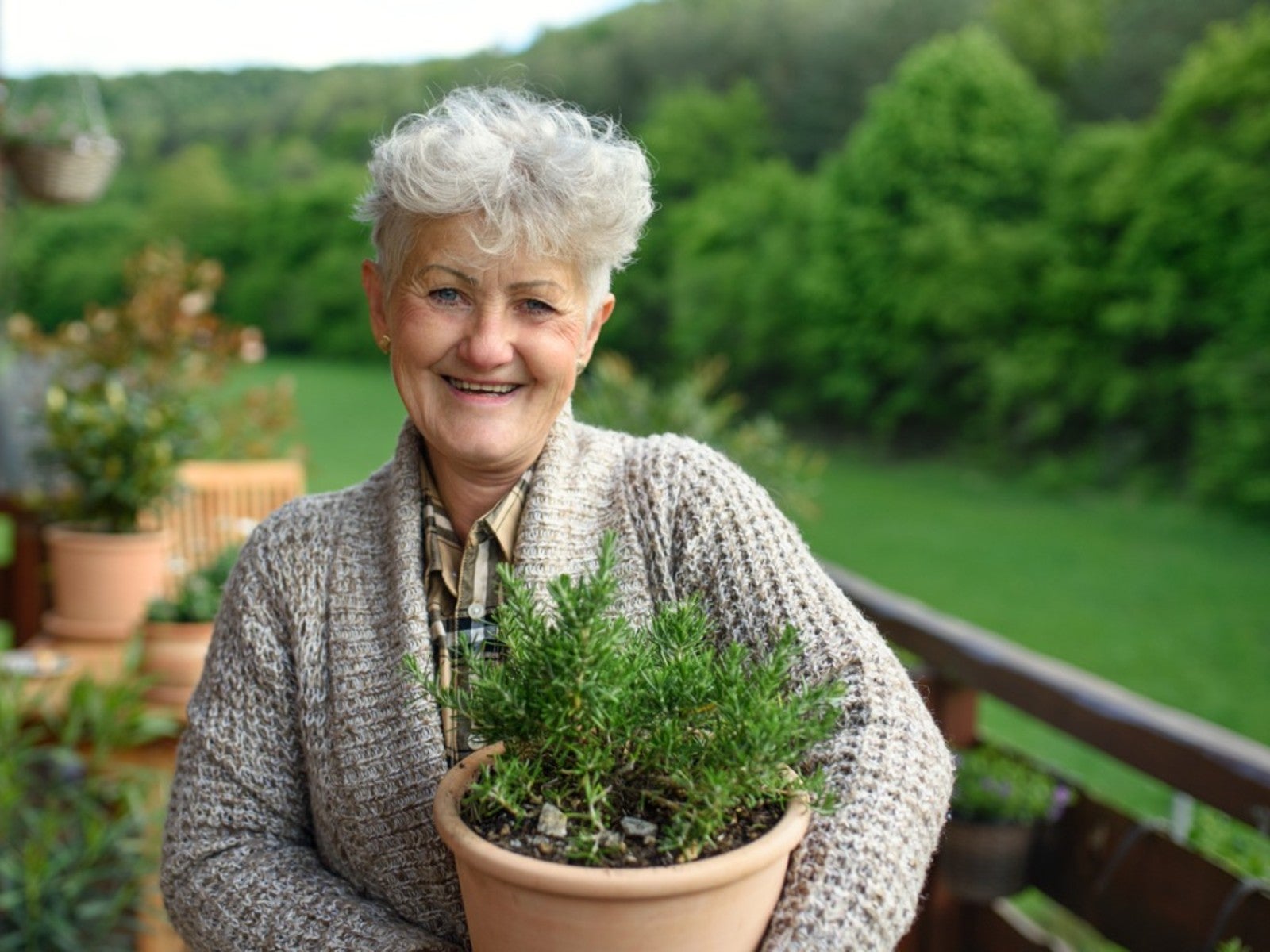 The Best Herbs For Seniors - Healthy Elderly Herbs And Spices
The Best Herbs For Seniors - Healthy Elderly Herbs And SpicesLong believed to be a useful source of prevention and healing, herbs are often sought after. Click to learn more about herbs for seniors.